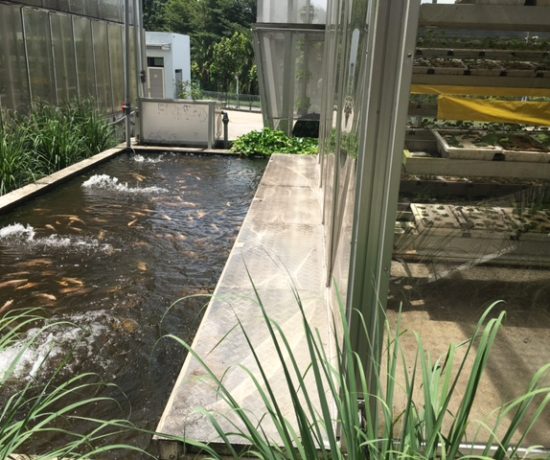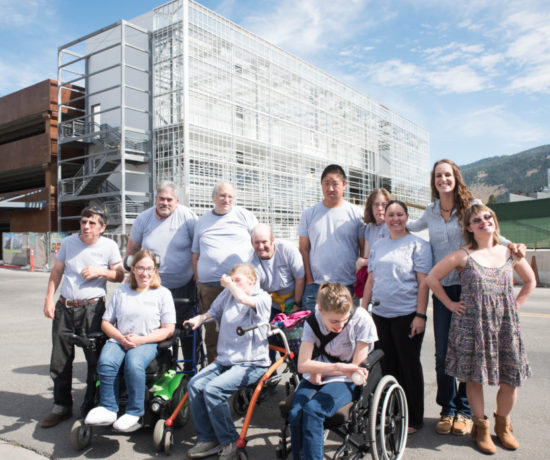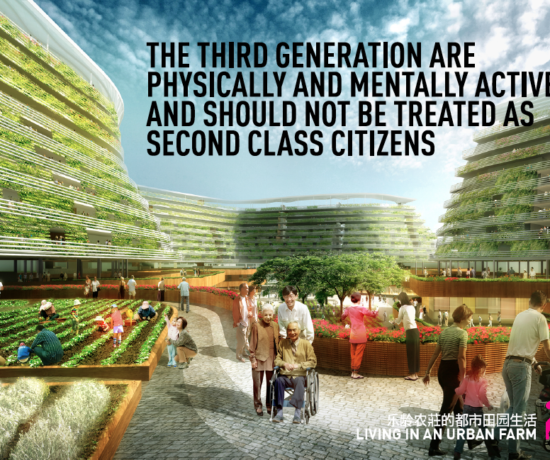Designing Integrated Systems. Mapping Sustainable Solutions.
How to promote successful urban agriculture projects, vibrant communities, and the long-term sustainability of food systems across the U.S. and world.
Approximately 82% of US residents now live in urban areas, but urban food systems aren’t designed to nourish our:
Health. Environment. Communities.
As cities continue to rise, in size and scape, so too should our food systems.
Elevating Urban Agriculture
Urban farming systems are elevating the way we produce food, while providing opportunities for investors, communities, and farmers alike.
With controlled environment agriculture, we can now produce locally grown foods that:
Contain 6x more nutrients than conventional produce
Grow 3x faster
Require 90-98% less water usage
And minimize fossil fuel consumption associated with transit
Designing Integrated Systems
Urban agriculture offers the potential to create wholly integrated food systems by linking food production and waste utilization, building design and product development, distribution channels and community partnerships.
By connecting gaps in our current model, urban agriculture promises to increase efficiency while elevating the environmental and economic health of our communities.
Mapping Sustainable Solutions
Mapping sustainable solutions in urban agriculture requires a comprehensive understanding of food systems in your local community. Projects thrive when founded on:
Extensive research
Thoughtful systems design
Collective expertise
Vision
Develop community partners. Visit an urban farm. Connect with experts. Start a conversation with your community.
Sustainable food systems are built on financially and environmentally sustainable projects. It is vital for the ongoing success of this revolutionary industry that we are willing to share ideas.




